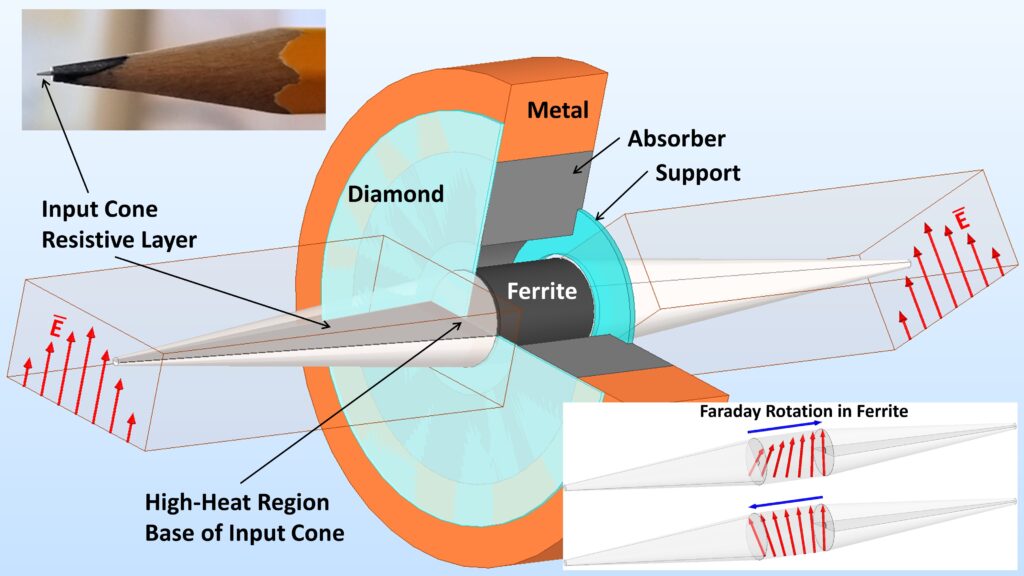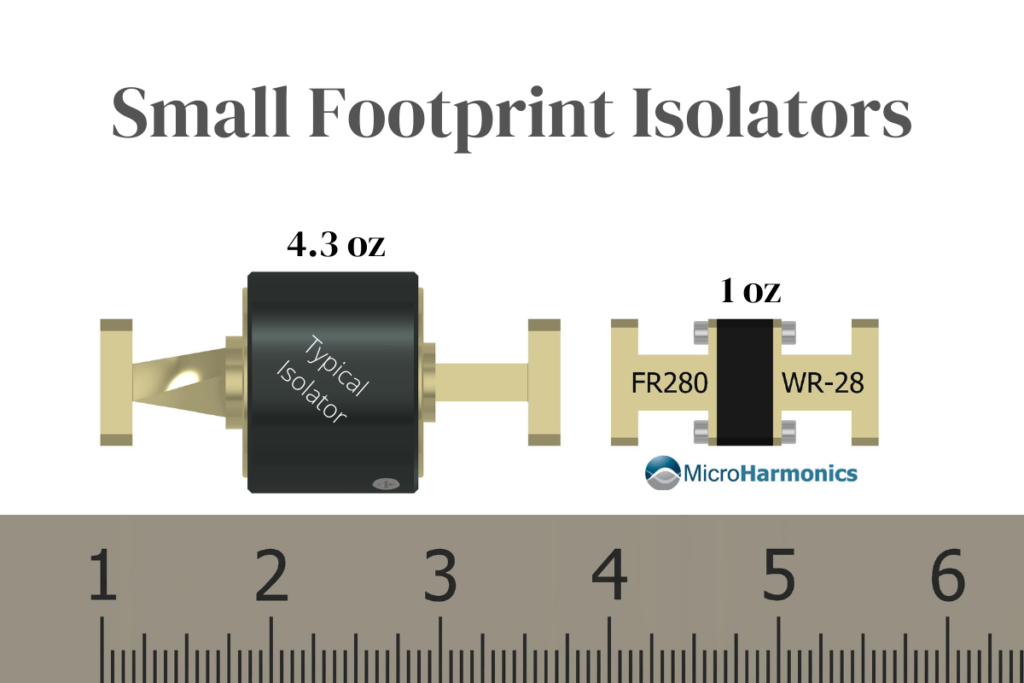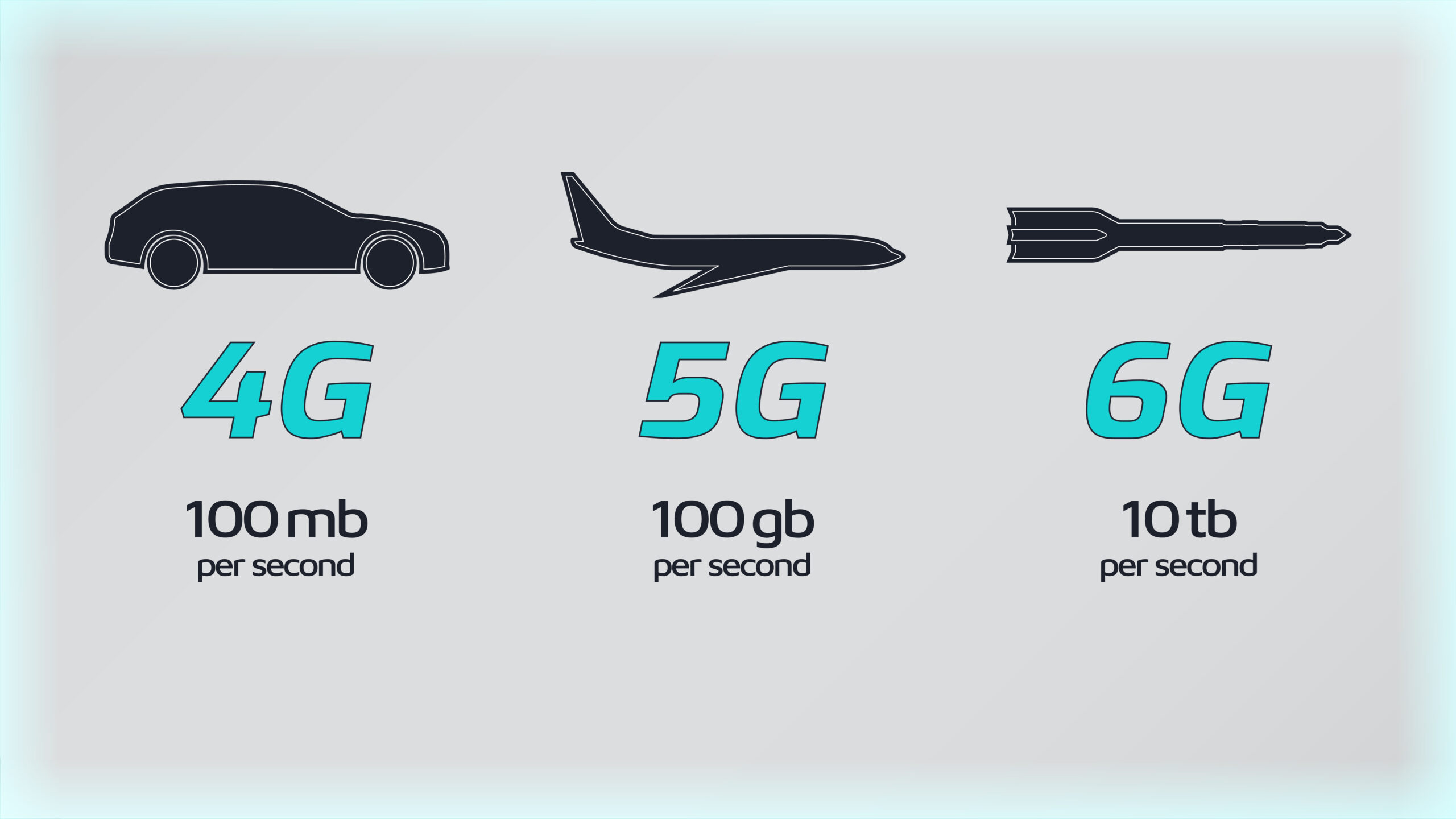Academia is hot on the topic of 6G, trying to resolve the challenges associated with introducing and running it successfully. However, deficiency of mmWave-type components could delay this leap forward in wireless communications.
While the rollout of 5G is still in its infancy, research is now heavily focused on solving a significant problem that will surface within the next few years. Antenna-to-antenna links – or the “backhaul of the network” – are essentially limited to frequencies under 100GHz. However, it is expected that by 2025 the frequencies under 80GHz will no longer be enough to support the evolution of 5G and 5G Plus, especially in densely-populated areas. For 5G networks, at some point, every user will expect to have access to at least 1GB/s, which means in crowded places like commercial centres or big cities there will be a need for managing enormous data rates at the antenna collecting point.

6G components needed
6G is not yet a functioning technology but will deliver data rates 100 times faster than 5G, and shift away from primarily connecting people and things to connecting intelligence to support connected robotic and autonomous systems (CRAS), unmanned aerial vehicles (UAVs), AI-based management systems and even support remote robotic surgery. However, without resolving the issue of working at mmWave and THz frequencies (0.1-3THz), 6G could greatly be delayed.
Currently there is a shortage of components, testbeds and even concepts to operate communications systems at higher frequencies (in excess of 100GHz), and there are even fewer devices that work in the THz range, where 6G is expected to work best. Thus, the industry must come up with better components now to be able to handle the 6G requirements by 2030.
Creating components at frequencies above 100GHz is down to physics: Moving up the electromagnetic (EM) spectrum means wavelengths are getting shorter – at 300GHz the wavelength is just 1mm. At such high frequencies, the constituent parts are miniscule, which means that even a small alignment error can significantly degrade performance.
Then there are the power-handling problems at such a small scale. The components at these frequencies must operate with exceptionally low insertion loss and extremely high performance, to allow engineers to develop effective signal chains. In addition, high isolation between active components becomes of critical importance to minimise signal degradation and potential device destruction from signal reflections between components. For example, Faraday rotation isolators – more commonly referred to just “isolators” – are two-port components that allow EM signals to pass in one direction but absorb them in the opposite direction; see Figure 1. Since they do a good job of suppressing standing waves, isolators are often used in communication systems. They have low insertion loss within the microwave bands, but at mmWave frequencies the loss becomes increasingly problematic.
A boost for mmWave components
A short while ago, NASA had awarded a project to Micro Harmonics to develop mmWave isolators handling frequencies to 300GHz. Micro Harmonics successfully developed an advanced line of commercial isolators and off-the-shelf and hybrid circulators, many of which that operate well into the THz bands.
We at the University of Lille selected one of their isolators which operates with WR-3.4 (220-325GHz) and features a large usable bandwidth of dozens of GHz either side of the centre frequency. This allowed us to get the first-ever device characterisation of a low-noise amplifier operating at 300GHz.
Our team successfully characterised the amplifier’s noise floor (NF), along with its IP3 and IP5 – the measurements of nonlinear frequency performance.
However, in addition to isolators, there’s also a need for circulators at these very high frequencies. These devices are part of the core system for communication applications and radar, and having them readily available will be a big boost for system implementation of early prototypes. For example, a recently-developed hybrid circulator operates in the 100+ GHz range, which will be crucial to solving many of the 6G bottlenecks within network backhaul. The hybrid circulator has a much larger working bandwidth, from 150-190GHz. The current state-of-the-art Y-junction circulator has a bandwidth of only a few GHz at these frequencies.
Bandwidths required for 6G are not remotely possible using a Y-junction approach; but, such devices would be very useful as duplex links in D-band development for backhauling applications.

Improvements and applications
Simply attaining higher frequencies is not the only consideration when moving new research from the lab to commercial production. An overriding theme in commercialisation is the drive to reduce the size, weight, power and cost of the components; see Figure 2.
Minimising the size and weight of mmWave components is especially important in today’s wireless applications. A standard traditional-style isolator in the WR10 band is about three inches long, with a cylindrical section in the centre that’s about 1.3 inches in diameter. While that may seem small, new designs are only 0.75 inches per side and 0.45 inches thick, packaged in a designer-friendly rectangular cuboid.
These types of improvements in commercial components, along with leading researchers in the field, are pushing towards widespread commercial 6G technologies potentially by the end of this decade, when they will be found in many applications, including remote robotic surgery where a very low time-latency transmission system would be required. With lower energy consumption of these devices at a lower cost thanks to volume production, the possibilities for new techniques for medical procedures will be limitless.
The technical challenges to implementing 6G systems are enormous. There is a good chance that the push to higher frequencies will halt near this point due to the practical limits of physics, health and safety. There is a strong argument to stay within the mmWave or lower THz frequencies, because these wavelengths keep the radiated power densities within the bounds of what most people consider safe.
By Dr. Guillaume Ducournau, Professor and researcher in THz communications, Université de Lille, France









